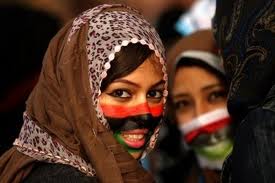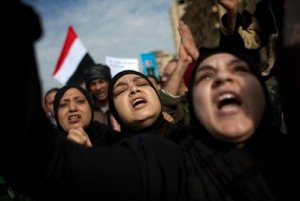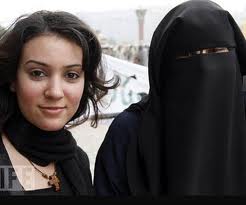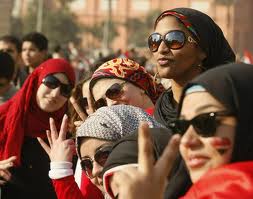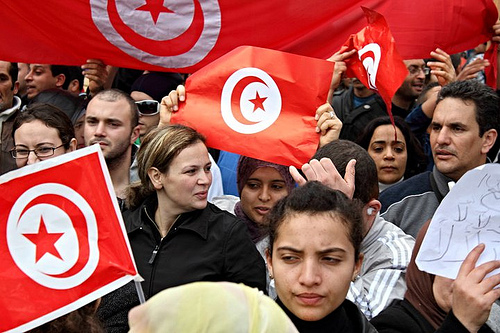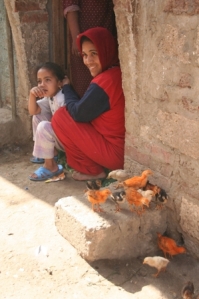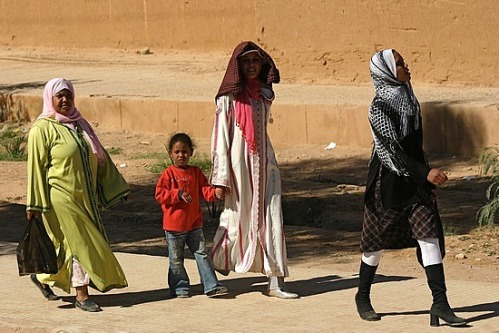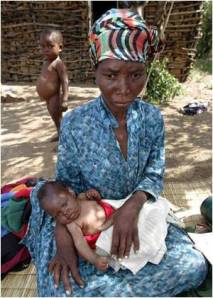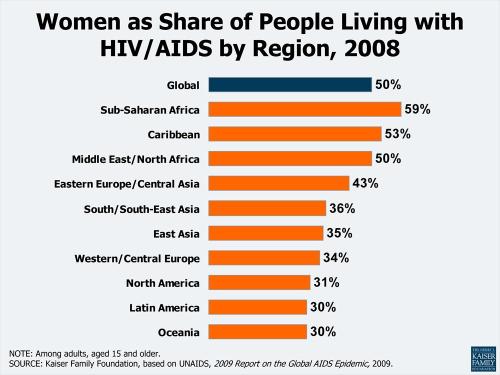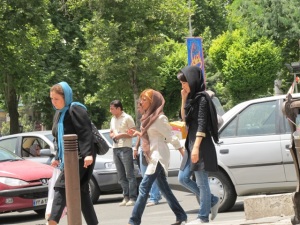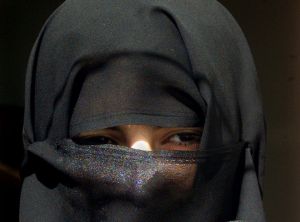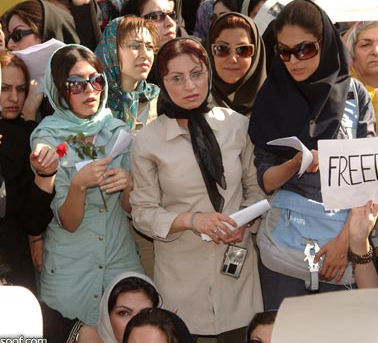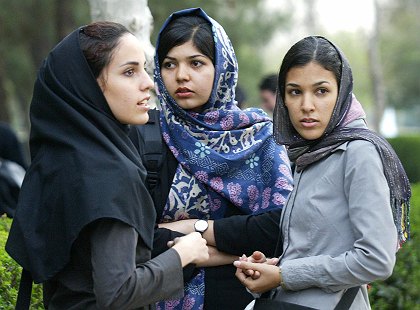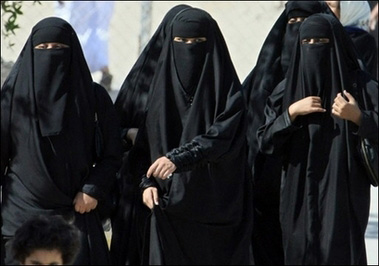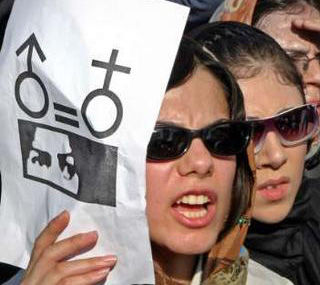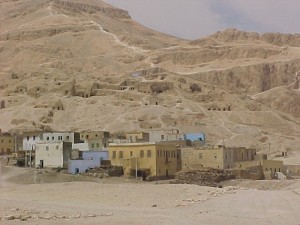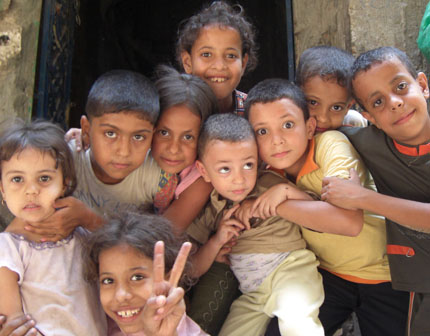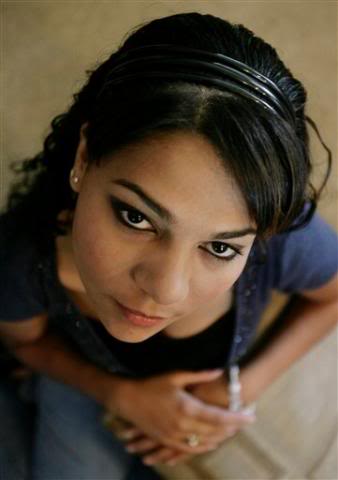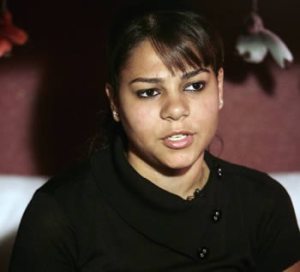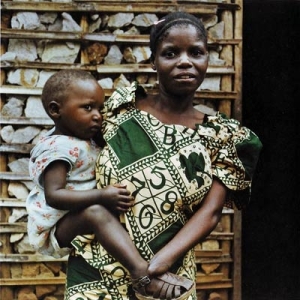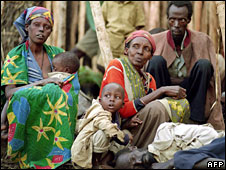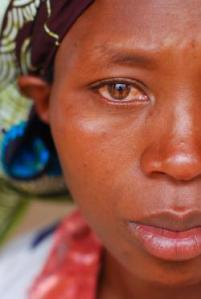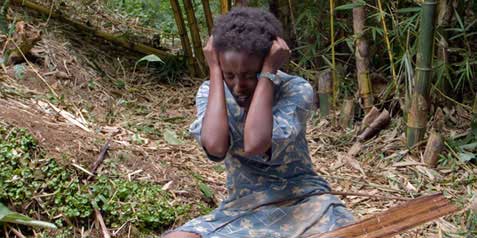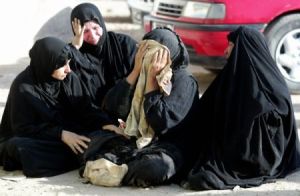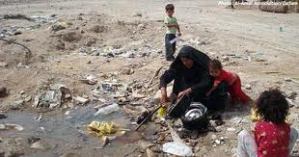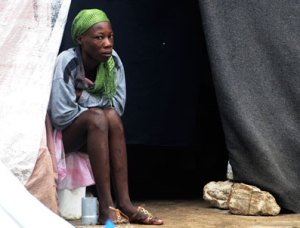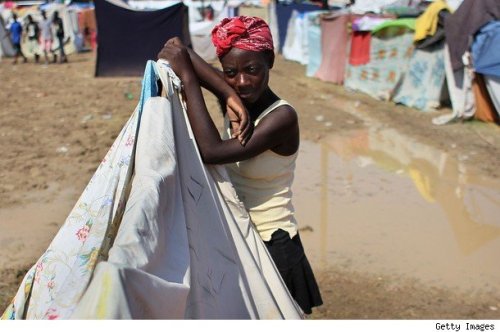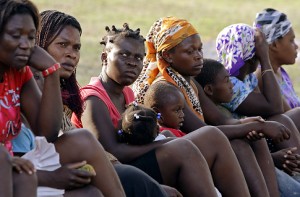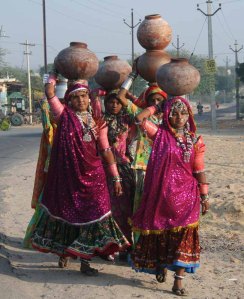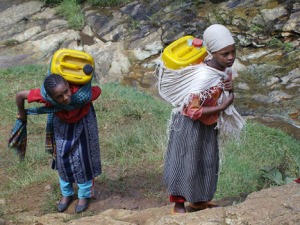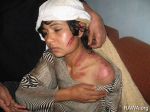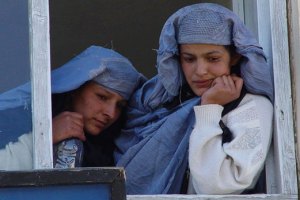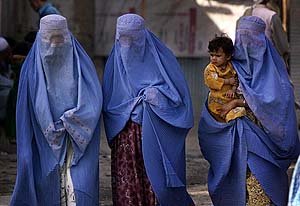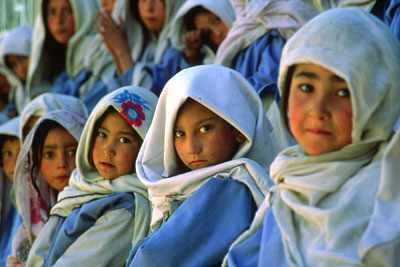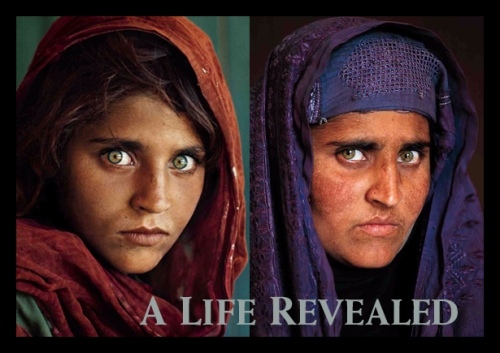On Sunday in the Ivory Coast women were massacred in an ambush while protesting peacefully in the streets. Last week in Libya women were gunned down while being used as human shields by mercenaries.
Still, women are out in protest across the Middle East and beyond, asking insistently for change and fundamental fairness for their place in society. But women have taken part in revolutions before in the Arab/Muslim world and their plight has consistently remained unchanged with the change-of-the-guard. They are sent back home with few gains to impact their immediate lives and little to show for their sacrifices. Economic participation remains limited, social inclusion is inhibited, and a future involving full civic participation with rights and choices is no more a broad-based reality today, as we mark the 100th anniversary of International Women’s Day, as it was 100 years ago.
Why is there such resistance to women’s inclusion in civic life, along with rights and economic freedom, across the Middle East, Central Asia and North Africa?
Some contemplate that it may be religion. Some think it must be the nature of the Eastern woman. Some have come to believe it is simply the eternal destiny of Arab/Muslim women to serve, rather than to be served. Truth be known, it is tradition…simply deep-rooted Tradition.
It has been long ingrained in mythology and legendry, that the good Eastern woman is to serve quietly, and to subserviently live out her days as her master and patriarch dictates. Today, as modernity would have it, many young women in the East are questioning the wisdom of this tradition, and its applicability to their emancipated instincts. After all, women across the Arab world and in Muslim Iran have increased their presence in universities and have attained levels of education previously unseen among women in generations prior. Today more than half the students enrolled in universities across the Middle East are women, although only a baffling 5% are represented in the work force.
Still, the state of women in Muslim countries across the Middle East, North Africa and Central Asia is worrisome. Not because they are battered and beaten just as the men are amidst the brutal crack-downs confronting protests, but because for as long as their emancipation is only in the minds of women, and not in the folklore that creates the Muslim lifestyle, women will continue to be battered and beaten at home as well as on the streets.
Reform must begin at home, and affect society from the bottom up. Women who live in societies where they are expected to cover their heads as a condition of being female, necessarily live in a society that expects them to be subservient. That is not to say that all women who choose to wear head-coverings are subservient. No. If that is a choice made of free will and not higher command, then it is independent of coercion and emblematic of a faith that is to be respected. The trouble presents itself when tradition compels the woman to look and be marked as separate and apart from the men, who remain uninhibited by a dress code that is necessarily debilitating. Hijab by its nature is debilitating. From its most basic to its most oppressive forms, Hijab hinders one or more of the senses and is part and parcel of a tradition to disable and debilitate women by limiting their power of movement and perception.
When I see pictures of emancipated women with free flowing hair and traces of make-up yelling in protest on the streets of the Arab world along-side their veiled sisters, I worry. I worry that the two sides are not hollering for the same kind of change. One is risking life and limb for change that she thinks will mean equality and emancipation for women and the acceptance of their full participation in civic society, while the other is taking part in an exercise to consolidate the power of religio-centered politics with an allegiance to fundamental Islam rather than to the rule of law and the influence of equality in civic life.
They stand next to each other, grudgingly smiling at one another in a civilized exchange that gives hope to the idea of respectful co-existence, thrusting their fists and voices into the sky as one – one voice for change. They both agree on the idea of rejecting the order they have now and can unite over a call for a new socio-political order. But the new order will not suit them both the same.
To see change in the Middle East go toward fundamental fairness and equality for women, the vernacular of society has to change. The culture of domestic life must begin the change just as fundamentally as the politics do. Tradition has to shift from one that trumpets the subservience of women to one that champions their empowerment. Grass roots organizations have to begin in the villages and towns across wide swath of these regions to raise a collective howl against the prevalent but silent domestic exploitation of women. These organizations must begin to change hearts and minds and win people over to the idea that women are equal creations in the eyes of god and man, and that they must be bestowed the rights that make a human whole.
No government anywhere across the domino landscape of revolutionary Middle East today will step in and proclaim the equal rights of women, and actually proceed to bequeath those rights to them. Not without the sustained and committed pressure of regular men and women in society at large – who stand up and assert that fundamental fairness and not a skewed custom of conventions long out-dated should rule the land – will any revolution on the streets of the Arab/Muslim world translate into practical changes in the lives of women there.
These days, to celebrate 100 years of International Women’s Day, female talking heads and pundits in the West, who have attained the emancipated role of ‘role models’ sitting in the comfort of lawful lands, theorize about the plight of women in Arab and Muslim countries displaying the courage for change. They proclaim that until women attain educational and economic equality they cannot be truly empowered. But to begin to attain that equality they must battle Tradition – and that tradition will be tightly held in place by strong willed men who loath to give up the power it gives them.
If ever there was a time for the emancipated institutions of women to come together for a cause it is now. Women across the Arab world have a chance to turn the corner and establish a pathway to fundamental change against business as usual for governments vis-à-vis the rights of women. Well funded, well connected, well networked organizations that aid, empower and represent the rights of women should come together, strategize and make a plan to establish grass roots efforts wherever possible and to introduce basic education to women and girls. Only this way can we help to change the landscape of civil society and the vernacular of mythology that feeds into a tradition which has historically ill-served the women of the Arab/Muslim world.
Starting this year, on the 100th anniversary of a long-standing global struggle, stand together. Make a difference. Change lives forever.

